Here’s what the Rhymed poetry form is:
A rhymed poem is simply a poem with rhyming sounds or identical sounding final syllables.
These rhymes are organized by using a particular rhyming pattern or scheme.
There are some varieties of rhyming poetry, including sonnets, nursery rhymes, and limericks.
So if you want to learn all about the Rhymed poetry type, then you’ve come to the right place.
Keep scrolling down!
- Schuttelreim Poetry Form: Be a Master in Rhymes
- Diminishing Verse Poetry Form: Spark Fun Verses
- Chant Poetry Form: Harness Your Inner Strength
- Occasional Poetry Form: Honor Life’s Milestones
- Formal Poetry Form: Polish Precision in Poetry
- Metered Poetry Form: Paint Words With Precision
- Lyric Poetry Form: Sing Your Story

Form of Poetry: Rhyme

It shouldn’t be surprising to hear that poetry and rhyme have gone hand-in-hand for most of human history.
Defining rhyme is relatively simple, but the history of rhyming poetry is very nearly the history of poetry in general, so it’s a topic well worth exploring.
Rhyme is ultimately a repetition of sounds.
In English, we specifically understand rhyme to refer to the repetition of the ending sounds of words, and especially the endings of lines of poetry.
When rhymes fall at the ends of a line, they are referred to as (rather appropriately) end rhymes.
These are also the rhymes that determine the poem’s ‘rhyme scheme’ which we will discuss in detail further on.
So as an example:
These two lines right here rhyme.
I typed them up, just in time.
A rhyme can occur inside a line instead, though.
These are called ‘internal rhymes’ and are generally a sort of flourish, added to bring extra appeal to a poem.
Like many techniques, you can think of internal rhyme as a sort of flex employed by writers to show off their expertise, as it rarely factors into the overall structure of the poem other than as a charming moment.
As an example:
The sky is too high for the eye to perceive but I do believe it ends, my friends.
Sounds naturally do not need to be at the end of a word to be repeated, but in English, we understand other repetitions through different terms such as ‘assonance’ (the repetition of vowel sounds) and alliteration (the repetition of consonant sounds).
If two lines almost rhyme, but not quite, this is termed a ‘slant rhyme.’
We distinctly see this as different from ‘perfect’ or ‘true’ rhyme, and there’s some debate over whether the term should be considered a type of rhyme or not.
The slant rhyme of “hand” and “man” comes to mind. These two words share both alliteration and assonance, which creates a workable substitute for rhyme, but are not a true rhyme since there’s no “-d” at the end of man.
Slant rhyme is more prevalent in English than it is in many other languages since our conjugations are wildly inconsistent.
The nature of conjugation in a language like Italian, for example, leads to many words having identical end sounds simply because the language is built that way.
English, by way of comparison, is notorious for having several words that seem like they exist solely to break conventions.
Like the infamously unrhymable “orange.”
Feel free to use “door hinge” in a pinch.
There is a general conception that perfect rhyme is better than slant rhyme since it means that the poet went out of their way to rearrange the sentences themselves so that true rhymes would be possible, but don’t be afraid to utilize slant rhyme sparingly.
It might even be interesting to write a poem that purposely only uses slant rhymes, though I imagine it would be the poetic equivalent of someone dangling a sandwich in front of your face when you’re hungry.
Basic Properties of Rhymed Poetry
| Rhyme Structure | Strict |
| Meter | Strict |
| Origin | Pretty much since the beginning of poetry |
| Popularity | Utilized worldwide |
| Theme | Varies |
The Structure of Rhyme: Rhyme Schemes
Rhyme is often built within rhyme schemes.
A rhyme scheme is a predetermined pattern of end rhymes used to give a poem a recognizable structure that pleases the ear.
We determine a poem’s rhyme scheme based on where the end sounds fall in the poem and whether they are repeated or not.
Each line is assigned a letter, based on the sound it ends with.
If that sound has not appeared elsewhere in the poem, then the line is assigned a new letter.
Otherwise, it retains the letter meant for that end sound.
As an example:
A| The great big dog
B| loved to play
A| with the friendly hog
B| most every day.
The above rhyme scheme is a very simple ABAB, typical of simple forms like ballads.
This gives it a pleasant bounce that makes the poem feel somewhat playful to the ear.
In this case, ‘A’ represents the end sound associated with “-og” while the ‘B’ represents the ends sound associated with “-ay.”
It should be noted, of course, that these should technically be written in phonetic notation since “day” also rhymes with words like “hey” and “neigh” despite the spelling being different, but we’ll leave the lesson on phonetic notation for another time.

Technically speaking, every poem that features any rhyme at all has a rhyme scheme, even if there is no pattern.
Even if only one end sound is repeated and only on every fifth line, you would simply fill the remaining lines with letters that do not repeat.
Rhyme schemes appear in virtually every category of poetry where it’s feasible to use them but are most commonly associated with formal poetry since formal poems usually require a specific rhyme scheme as a part of the form.
Shakespearean sonnets, for example, have a strict rhyme scheme of ABAB CDCD EFEF GG.
Petrarchan sonnets lean toward ABBAABBA CDECDE, but have historically had a few variations on the sestet at the end.
You could certainly write a 14-line poem with a rhyme scheme that you decide yourself, but most scholars would not recognize it as a true ‘sonnet’ unless it accommodates the old traditions associated with the form in some way.
Note that there’s no problem with that, though.
Real writers do not see preserving those old traditions as a reason to promote exclusivity or elitism.
If you come up with a new form for sonnets and claim it as a sonnet, you simply need to promote it as your variation on the sonnet.
Writers generally respect ownership and novelty, so don’t be afraid to experiment.
History of Rhyming Poetry
The short version is that rhyme has been inseparable from poetry since pretty much the beginning.
The oldest known example of rhyme is well over 10,000 years old, and the technique has been going strong for about as long as anyone could tell you.
It is worth noting that rhyme’s relationship to poetry and language does vary by culture, however.
Celtic languages have formalized groups of sounds that are said to rhyme and not rhyme, with some of these falling into what our English-speaking ears might call a slant rhyme.
In French, many homophones are treated as rhymes.
We would not consider ‘weight’ and ‘wait’ to be rhymes in English, but similar cases in French are seen as perfectly acceptable.
English poems did not start to veer toward rhyme until roughly the 10th century, but rhyme has since become synonymous with English poetry, to the point that it’s the first technique that comes to mind when most hear the word poetry.
This popularization of rhyme in English can be largely attributed to the spread of formal poetry.
Poems like the Shakespearean sonnets went a long way toward cementing the relationship between poetry and rhyme in our language.
While I would love to tell you that the spread of rhyme happened organically, it was basically a case of medieval celebrity worship.
Famous poets wrote well-loved rhyming poems and people imitated those styles until they congealed into traditions.
For better or for worse, fame is often the deciding factor in whether someone’s techniques spread into the greater community or not.
Rhyme, as a technique, most likely started as a way to make poems easier to remember, much like with meter.
Poems were originally recited orally, so it’s only natural that repetitions of all kinds would be welcome ways to make the next line that much easier to remember.
Rhyme is a particularly good technique for this since you’ll immediately know if you skipped a line when the expected rhyme never comes.
The natural appeal of rhyme to the human ear most likely took over from there, ingraining rhyme into the traditions of poetry, though the spread was more gradual than the influence of meter.
Tips for Writing Rhymed Poetry
When writing a poem with the intent to rhyme, it’s best to decide upfront what the rhyme scheme will be.
While experienced writers can play it by ear and still end up with a reasonably sound poem, it will never have the sense of forethought of a poem clearly written toward a certain structure.
Traditional forms might be a good place to start if you’re trying to determine which rhyme schemes work best for your style of poetry.
Rhyme schemes that are commonly used in nursery rhymes or sonnets or limericks each have their own historical connotations that will naturally bleed into any poem using that rhyme scheme.
A poem that is written with the rhyme scheme of a limerick, for example, will typically end up feeling like it’s supposed to be humorous because that’s what we associate that pattern with.
When there is no joke, readers will be left wondering where the punchline is or feeling a strange disconnect from the poem.
Simple rhyme schemes, such as couplets or poems that rhyme on every other line, are usually safe but a subset of readers may see these as ‘too safe’ or even ‘childish.’
There is, unfortunately, no pleasing everyone, though, so feel free to pick a rhyme scheme that you like to work with and stick with it.
Remember that entire lines of a poem can be changed at a whim.
Don’t get too attached to something that just isn’t working.
This applies to both the rhyme scheme and the individual lines.
Make decisions on a case-by-case basis.
Is it more important that your poem rhyme on every line or that this one particular line end in “orange?”
Be aware of syntax and how you can manipulate it to your benefit.
You would be surprised how many of the ‘backward-sounding’ sentences and phrases of poetry that seem overly flowery were only written that way because they put the right words in the right places.
Most importantly, don’t marry yourself to the rhythm.
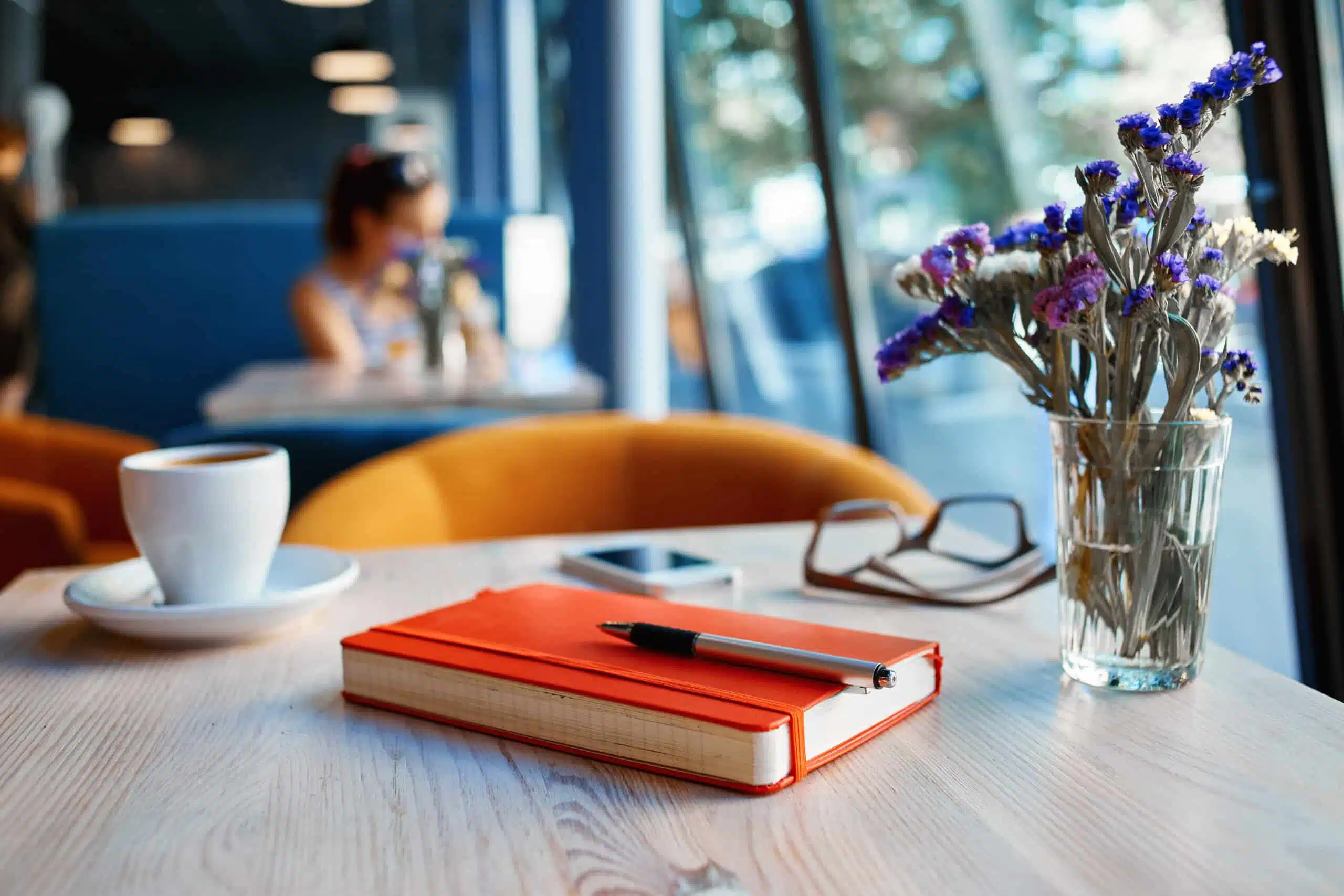
Rhyme is a nice touch.
But if you try desperately to only use two end sounds across an eighty-line poem, you may get tired of repeating yourself and end up writing something entirely unflattering.
Be flexible, change lines and plans as needed, and play with the words.
As you get more experienced, you’ll start to get a feel for which endings are easy and which are hard.
Words ending in “-ation” have a cornucopia of options.
Devastation, inflation, irritation, frustration, invitation, invocation. Meanwhile “-octor” is significantly harder.
Only doctor and proctor come to mind.
When in doubt, shoot for those ‘easy’ endings that leave you with plenty of freedom.
A part of you may feel like you’re taking a shortcut, but you only learn those shortcuts from experience and research anyway.
Would you call it a ‘shortcut’ if a new hire mentioned a medical degree? The shortcuts are something you earn and work for.
Use them as you find them.
What matters is the result and your willingness to keep learning more.
Poet’s Note

The funny thing about rhyming poetry is that it’s hard to write it when you’re first getting started.
Then, it becomes hard to not rhyme your poems after you get used to it because your mind instinctively looks for the beat.
Comprehensive Collection of Poetry Forms: Craft Words Into Art

Dare to traverse the entire spectrum of poetic forms, from the commonplace to the extraordinary?
Venture from the quintessential Sonnet to the elusive Mistress Bradstreet stanza, right through to the daunting complexity of Cro Cumaisc Etir Casbairdni Ocus Lethrannaigecht.
For those with a zeal to encounter the full breadth of poetry’s forms, this invitation is yours.
Start exploring the vast universe of poetic ingenuity with our comprehensive array of poetry forms right now!
- Schuttelreim Poetry Form: Be a Master in Rhymes
- Diminishing Verse Poetry Form: Spark Fun Verses
- Chant Poetry Form: Harness Your Inner Strength
- Occasional Poetry Form: Honor Life’s Milestones
- Formal Poetry Form: Polish Precision in Poetry
- Metered Poetry Form: Paint Words With Precision
- Lyric Poetry Form: Sing Your Story
